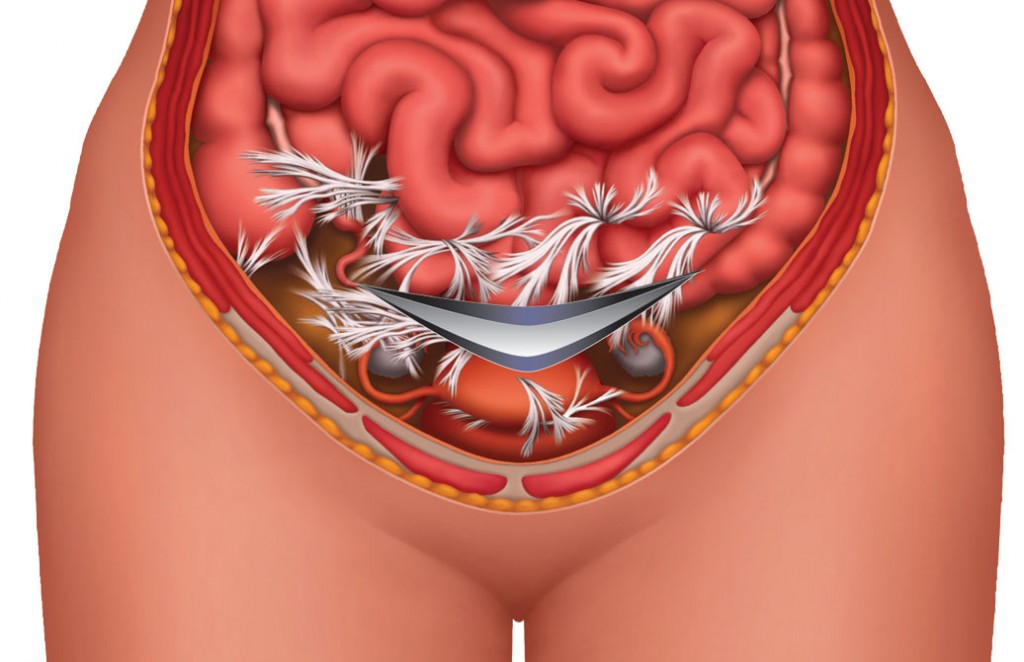Pain & Discomfort Near C-Section Scar
After receiving a Caesarean section (C-section) you may experience discomfort along the scar for weeks, months, or even years. This is because a C-section is a major surgery for mommas and most women are so focused on the new baby, that they put aside their own recovery. Dr. Heppe can help get rid of this pain and help you strengthen your core, so you are back to you prenatal strength.
There are 2 types of Cesarean sections (C-sections):
figure 1
- Classic C-Section: this is a long, vertical incision made from the midline of the abdomen (as seen in figure 1 on the right). Once the skin as been cut, the baby can be delivered through the incision. The classic C-section allows a large amount of space for the baby to be delivered, this procedure has many post-surgical complications.
The long incision weakens the abdominal muscles and increases the risk for a hernia. After a classic C-section a woman is no longer able to have a vaginal birth after C-section (VBAC) and must have future pregnancies delivered with a scheduled C-section. - Lower Uterine Segment C-Section (LSCS): For this procedure an incision is made just above the pubic bone (as seen in figure 1 on the right). The baby is delivered through this horizontal incision.
After surgery the complications can be future hernias and pain near the incision. A woman may try a VBAC after have a LSCS
Both types of C-sections can lead to lingering pain and discomfort. This is caused from scarring and adhesions that build up during the healing process. The body is smart and can heal itself, but when the muscle fibers, fascia (layer between skin and muscle), and skin heal they do not line up properly and you get scar adhesions (as seen in Figure 2 on the right) .
The white areas show where you are likely to have scar adhesions, pain, and pulling post c-section.
In the office Dr. Heppe will use instrument assisted soft tissue mobilization (IASTM), along with her hands, to break up fascial restrictions, scar adhesions, and detect areas of chronic inflammation.
Dr. Heppe will also incorporate a strengthening program tailored for the mom, so she can regain her strength as she eradicates her pain.
Office Treatment:
- Instrument Assisted Soft Tissue Mobilization (IASTM)
- Massage
- Fascial taping (RockTape, KTape)
- Stretching & strengthening Program
At Home Treatment:
- Gentle at home massage near scar
- Stretching & strengthening program
- Icing the area after in office therapy & strengthening






